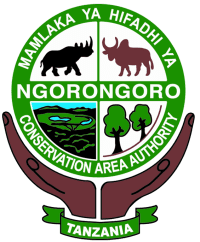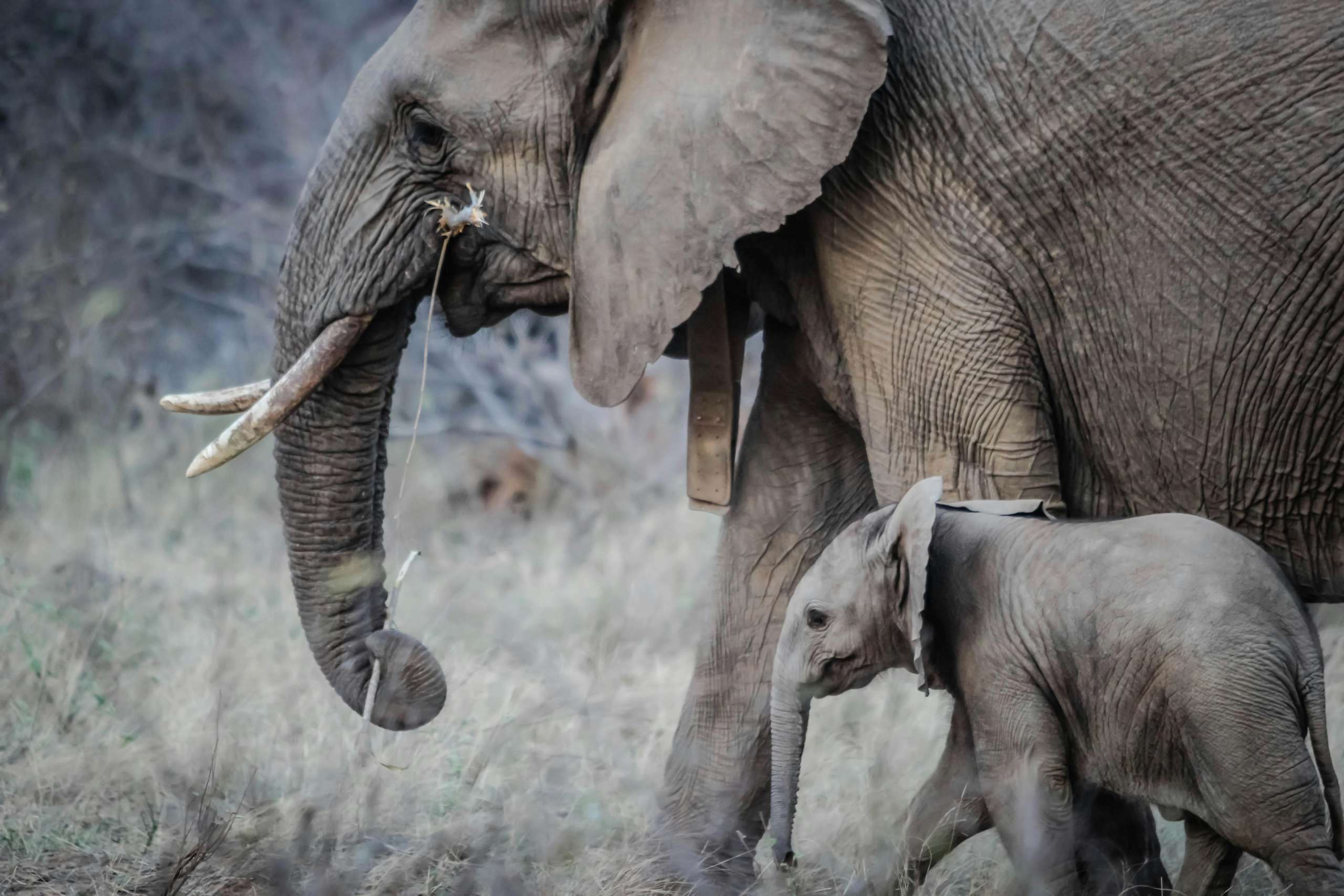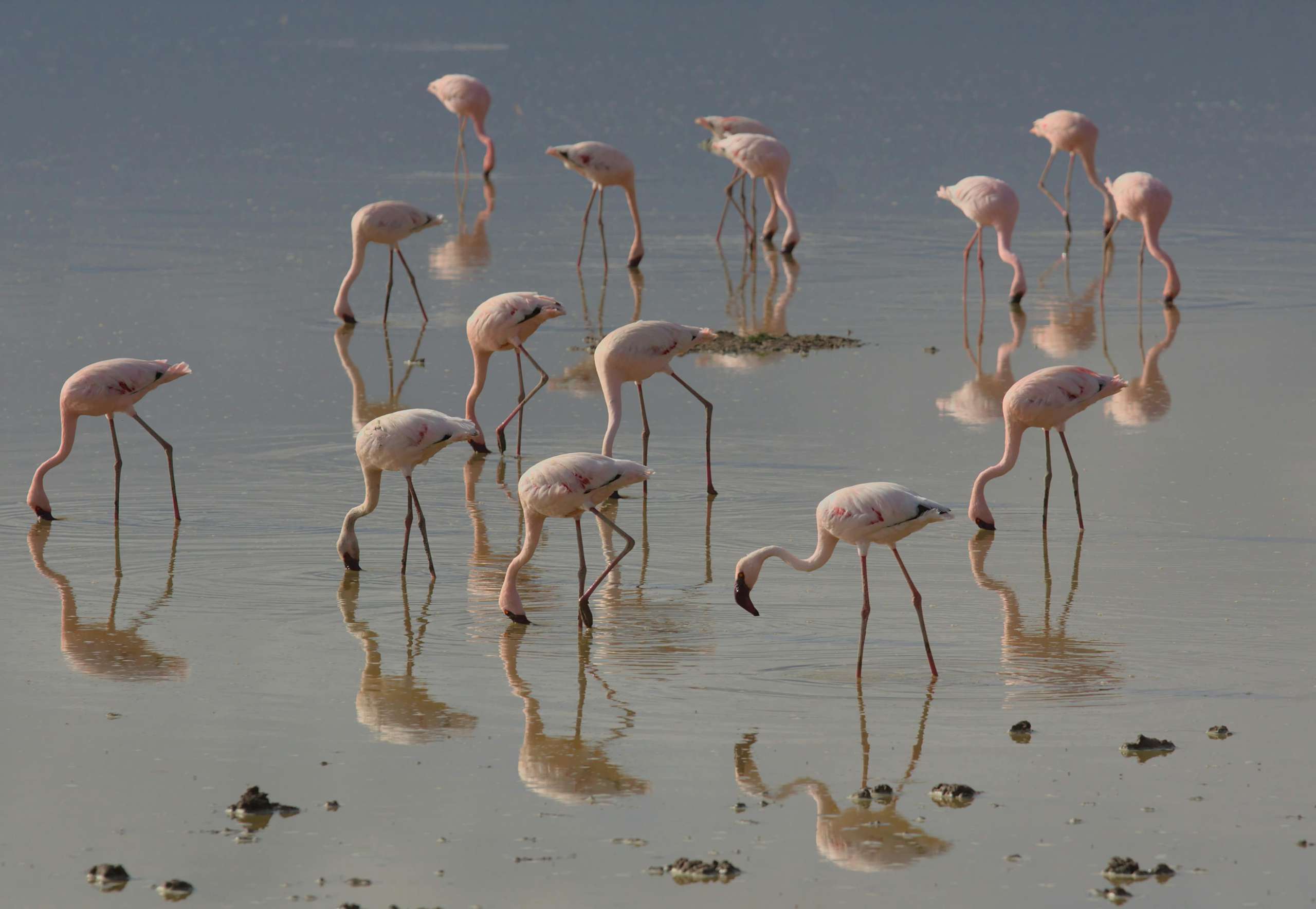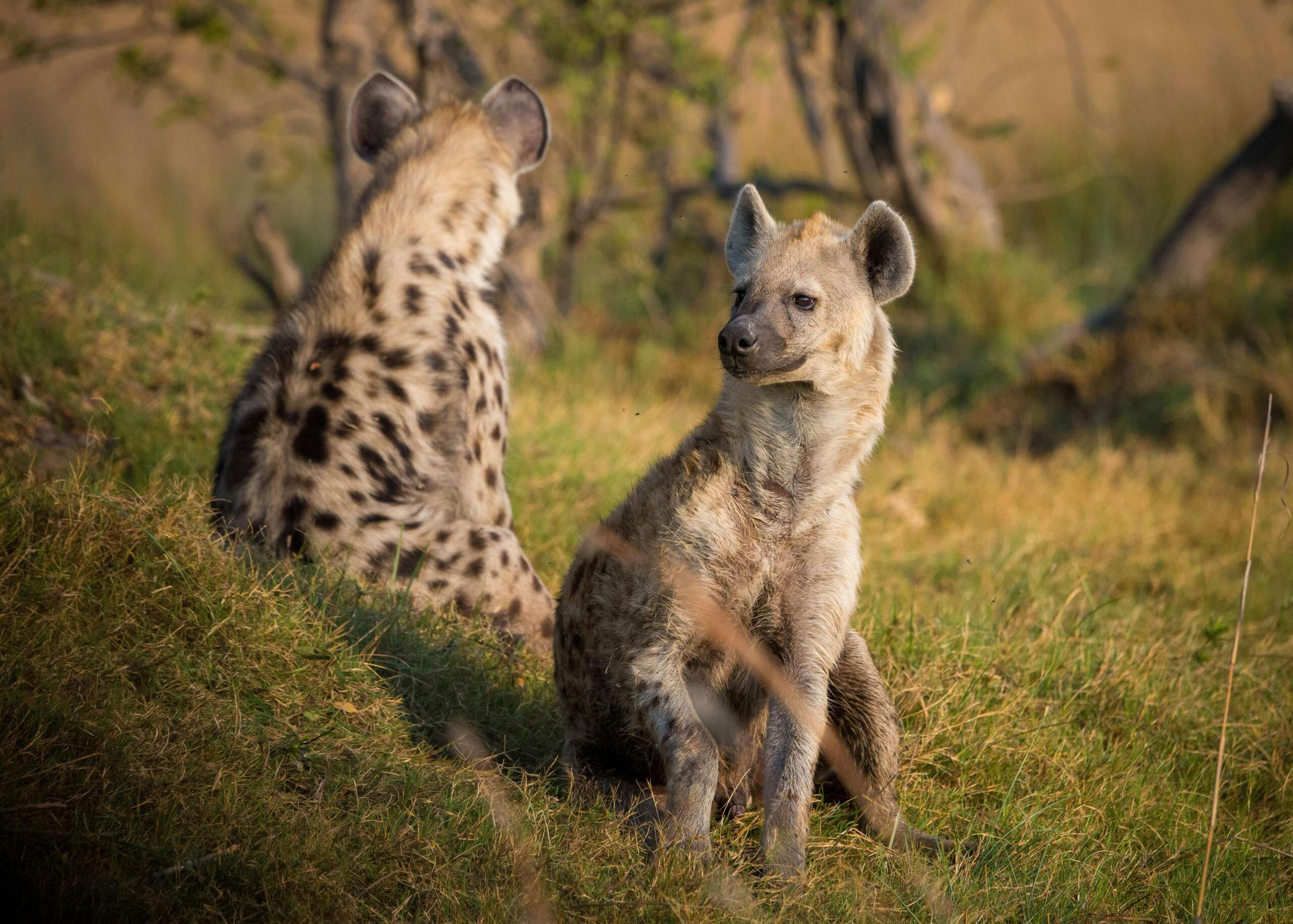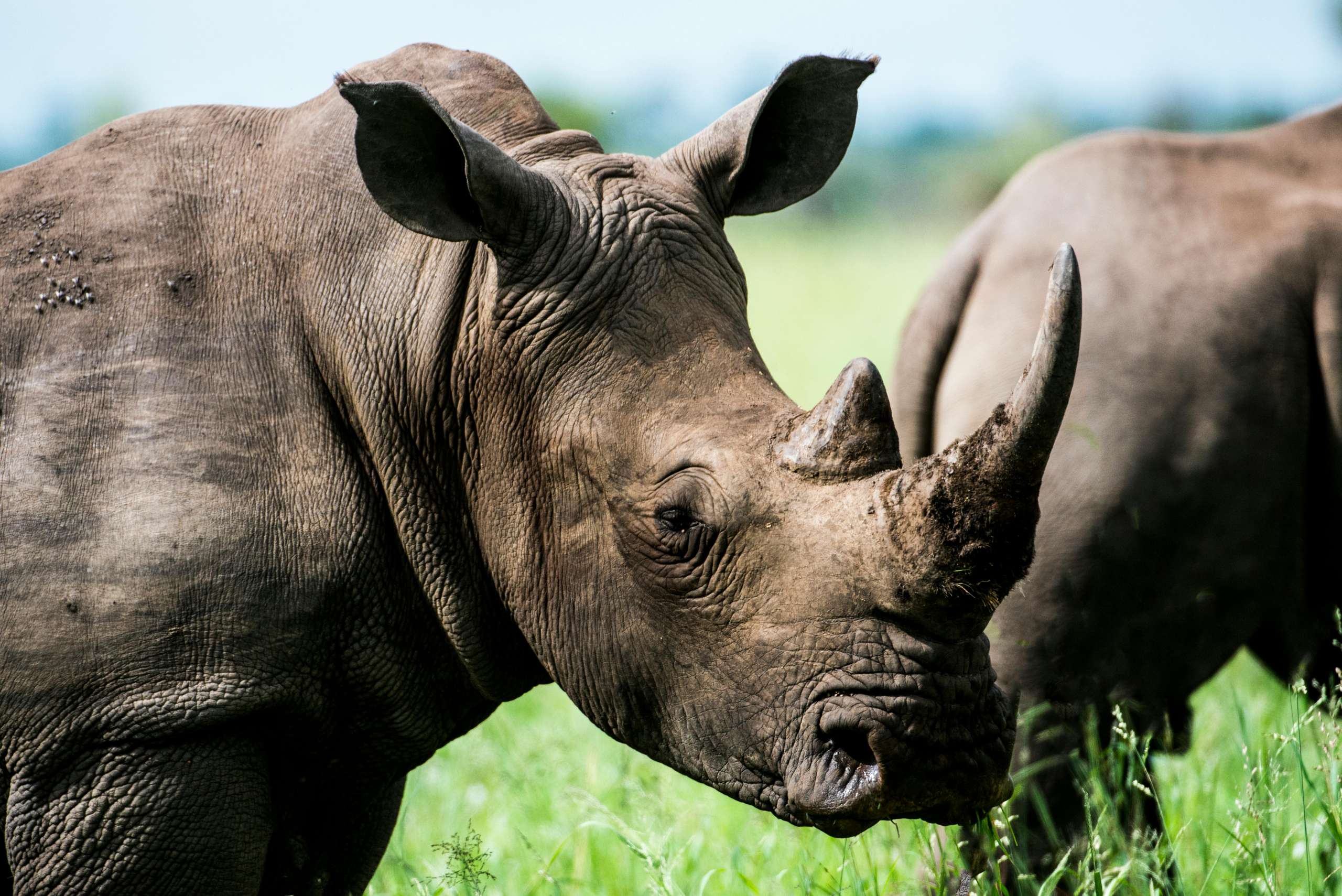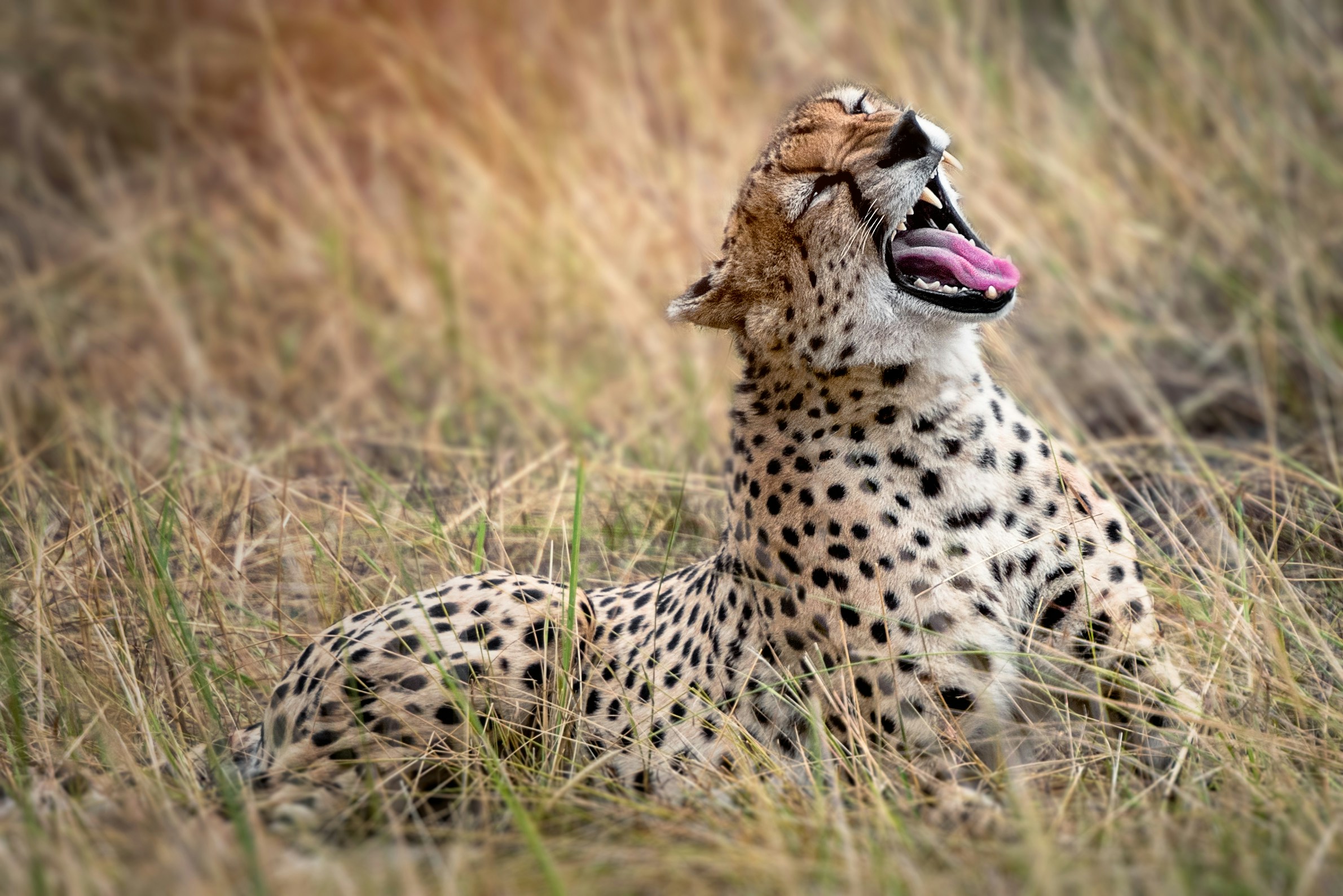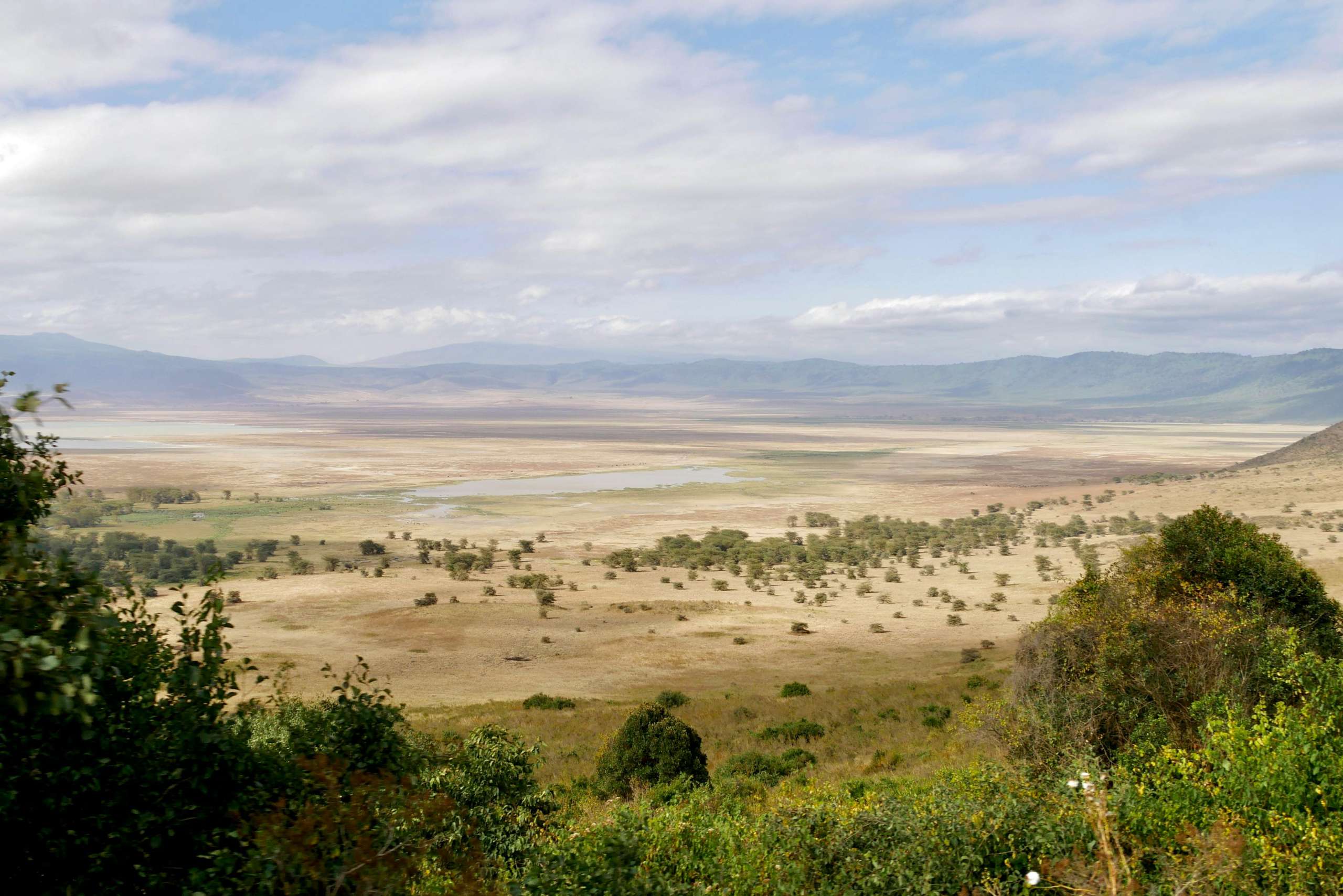
The Ngorongoro Crater, often referred to as the “Eden of Africa,” is one of the most unique and extraordinary wildlife destinations in the world. Located in the heart of Tanzania, this UNESCO World Heritage site offers a glimpse into a natural paradise. Here’s everything you need to know about visiting and exploring this incredible destination.
The Ngorongoro Crater is the world’s largest inactive volcanic caldera, formed millions of years ago when a massive volcano collapsed in on itself. The crater spans about 260 square kilometers (100 square miles) and is home to a variety of ecosystems, including grasslands, forests, and swamps. It’s often referred to as a “lost world,” and its rich biodiversity makes it one of the most remarkable safari destinations.
A Diverse Ecosystem
Within the crater’s boundaries, you’ll find a range of environments, from lush forests on the crater’s rim to open grasslands on the crater floor. This diversity creates the perfect habitat for a wide variety of wildlife species, including:
Big Five: Lions, elephants, leopards, buffaloes, and rhinos. The Ngorongoro Crater is one of the best places in Africa to see these iconic species up close.
Endangered Species: The crater is home to a large population of black rhinos, a species that’s unfortunately threatened in many parts of Africa.
Birdlife: Over 500 species of birds have been recorded in the area, including flamingos, which can often be seen around the crater’s salt lakes.
Other Animals: Wildebeests, zebras, gazelles, hyenas, and cheetahs are just some of the other animals that roam this fertile land.
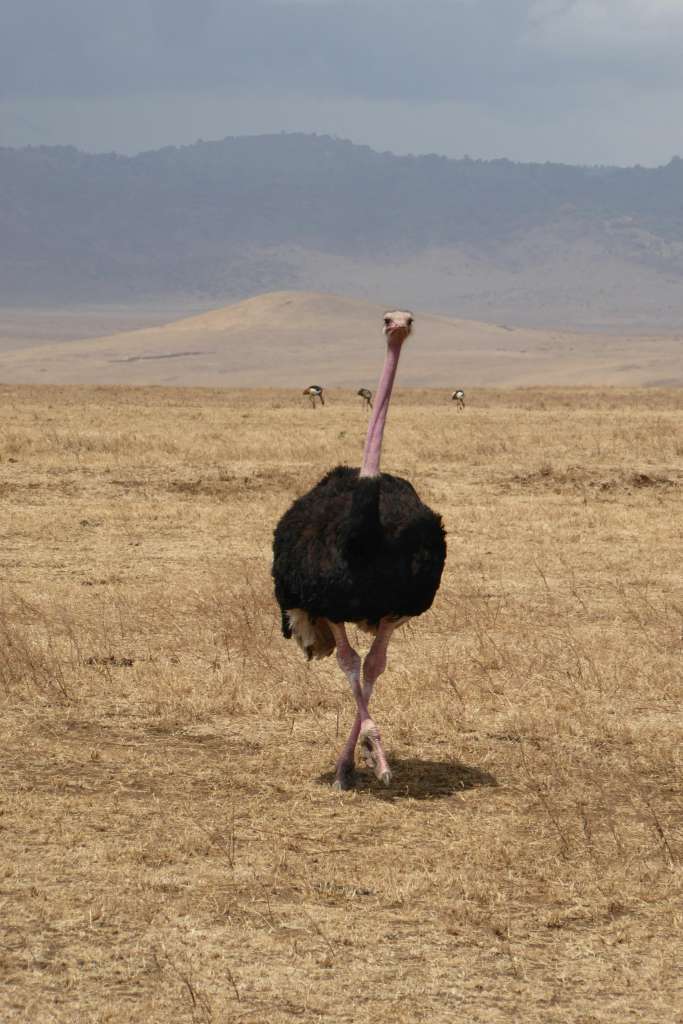
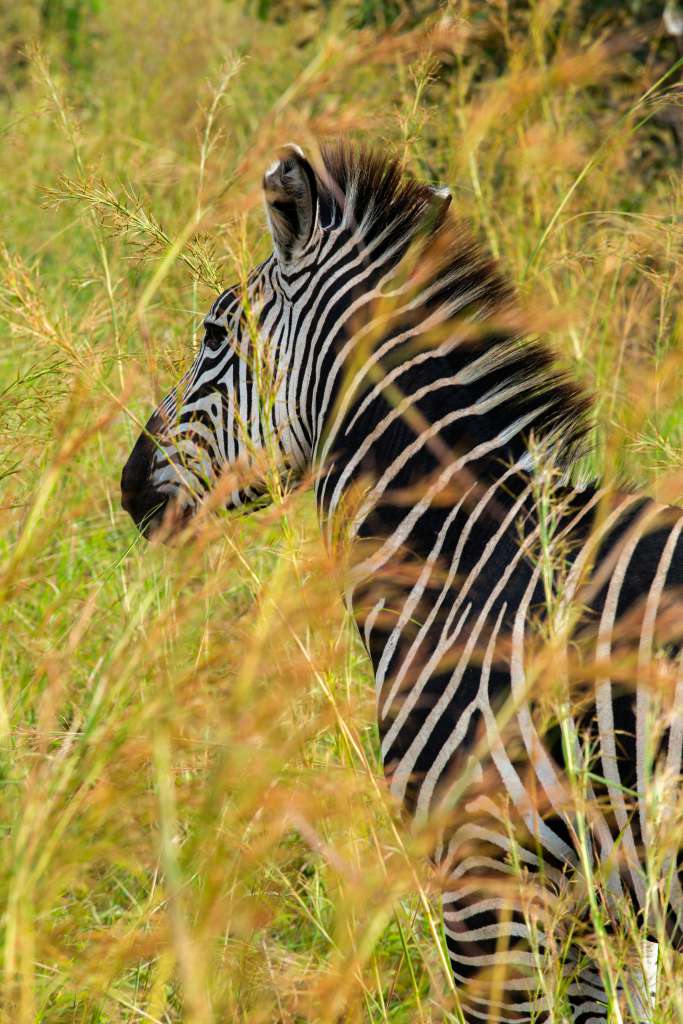
The Wildlife Experience
The Ngorongoro Crater provides an exceptional game-viewing experience, thanks to its high concentration of wildlife in such a compact area. Whether you’re exploring the grasslands or the swamps, the abundance of animals is truly impressive. The wildlife tends to stay within the caldera, making it easier for visitors to spot animals without the long treks typically required in other wildlife areas.
Lions and Leopards: The Ngorongoro Crater is known for its big cats, especially lions, which often lie on the crater’s floor or roam its grasslands. Leopards, though more elusive, can also be spotted in the crater’s wooded areas.
Elephants: You’ll likely encounter herds of elephants making their way through the grassy plains and forested zones, providing ample opportunities for observation.
Rhinos: Ngorongoro is one of the best places in Africa to see the critically endangered black rhino. The dense vegetation around the crater’s lakes offers a haven for these magnificent creatures.




Lions and Leopards: The Ngorongoro Crater is known for its big cats, especially lions, which often lie on the crater’s floor or roam its grasslands. Leopards, though more elusive, can also be spotted in the crater’s wooded areas.
Elephants: You’ll likely encounter herds of elephants making their way through the grassy plains and forested zones, providing ample opportunities for observation.
Rhinos: Ngorongoro is one of the best places in Africa to see the critically endangered black rhino. The dense vegetation around the crater’s lakes offers a haven for these magnificent creatures.
Ngorongoro Crater Conservation Area
The Ngorongoro Crater is part of the larger Ngorongoro Conservation Area (NCA), a vast region that includes not only the crater but also the Ngorongoro Highlands and Olduvai Gorge, a key archaeological site. The NCA is unique in that it allows for the coexistence of wildlife and Maasai pastoralists, who have lived in the region for centuries, grazing their cattle and coexisting with the animals.
Testimonials






